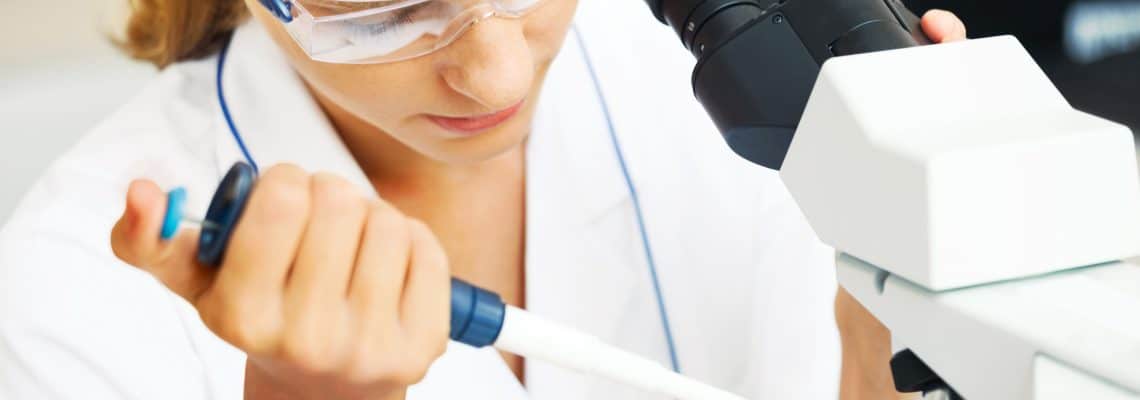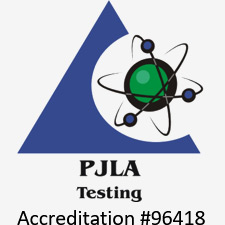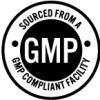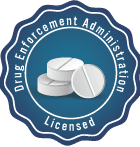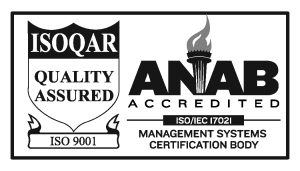Extractables and leachables testing – E&L testing for short – is the process of identifying and quantifying the molecules which can be released from plastic-containing products. This blog post discusses the many different analytical techniques which are used to analyze sample extracts.
E&L testing is an essential part of medical device and pharmaceutical packaging testing. Any compounds that could leach out and potentially cause harm must be accurately identified so that they can be eliminated from the product. Failure to do so accurately could result in the product not being approved for use, or even in harm to patients.
E&L testing is a complex process. Following the extraction phase, where solvents are used to extract compounds from a representative sample of a product, an E&L testing study will typically make use of multiple analytical techniques in order to characterize the tens or even hundreds of compounds present in the extract.
The choice of analytical techniques and methodologies used are vital to the success of the study. If test methods lack sufficient scope or data is not analyzed thoroughly, then compounds that were successfully extracted from the sample will go undetected.
Characterization of Unknown Compounds
Choosing the correct analytical techniques for a certain E&L testing study is complicated and some wrongly claim that certain single techniques are capable of adequately identifying all unknowns in a sample. In fact, the wide variety of components present in a typical extraction cannot be identified by any one analytical technique.
Extract components can be broadly categorized as either organic (such as monomers and additives) or inorganic (such as metals and salts). Organic compounds can be further categorized as either volatile, semi-volatile and non-volatile. Typically, at least 3 different analytical techniques are required to cover all of these bases.
Organic Unknowns
Volatile
- Gas Chromatography Mass Spectroscopy (GCMS)
- Headspace GCMS (HGCMS)
- Dynamic Headspace GCMS (D-HMS)
- Desorption Mass Spectroscopy (DMS)
Semi-Volatile
- Gas Chromatography Mass Spectroscopy (GCMS)
- Liquid Chromatography Mass Spectroscopy (LCMS)
- Desorption Mass Spectroscopy (DMS)
Non-Volatile
- Pyrolysis Mass Spectroscopy (PYMS)
- Nuclear Magnetic Resonance (NMR)
- Fourier Transform Infrared Spectroscopy (FTIR)
- Gel Permeation Chromatography (GPC)
Inorganic Unknowns
Metals
- Inductively Coupled Mass Spectroscopy (ICP-MS)
- X-ray Fluorescence (XRF)
Salts
- Ion Exchange Chromatography (IEC)
- Inductively Coupled Mass Spectroscopy (ICP-MS)
Selecting and applying the correct analytical techniques is vital, but only as a starting point. The success of any E&L testing study relies on rigorous and careful analysis of collected data, and this depends largely on the skill and experience of the analyst.
Quantitative Analysis
Accurately assessing the risks posed by various leachable compounds requires that their concentration in the extract can be measured. This is often challenging due to the very wide range of possible leachables and the fact that identification of these compounds beyond a molecular formula is challenging if the components are not commercially available.
Quantitative analysis is achieved by two primary methods: formal quantitation, which uses standards of known concentration; and relative quantitation, which uses a surrogate standard with a similar chemistry compared to the unknown. The levels of each component are then compared to the recommended safe limits for those compounds based on guidelines from groups such as the PQRI and the EMA.
E&L testing is an essential part of verifying the safety of the medical and pharmaceutical process – but there is no one-size-fits-all technique. Jordi Labs is proud to offer cutting-edge E&L testing services enabled by world-leading chemists, state-of-the-art instrumentation, and more than four decades of analytical experience. To find out more, get in touch with us our download our E&L Testing white paper here.

